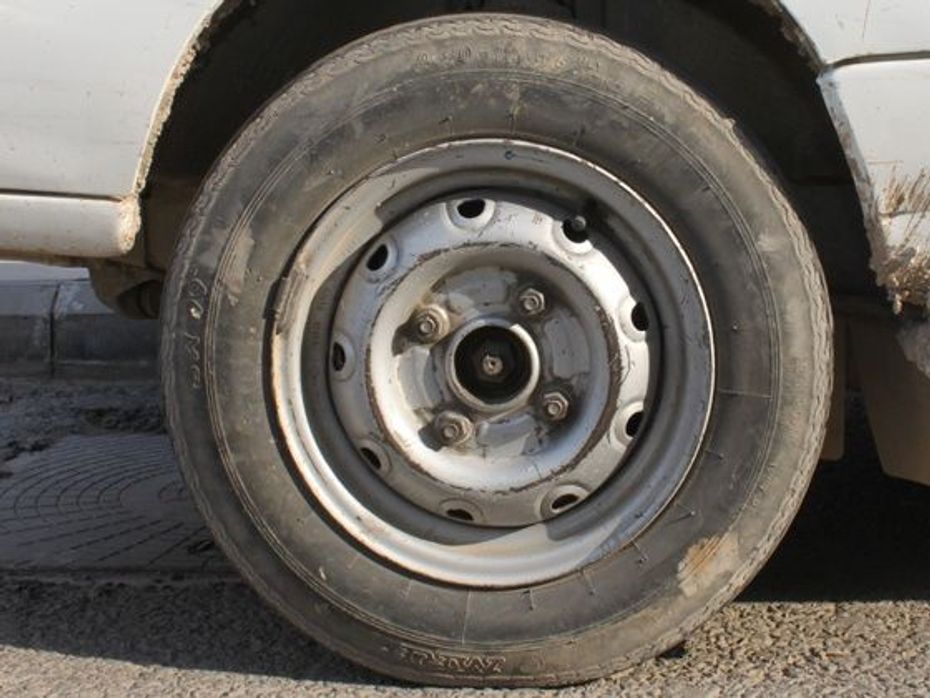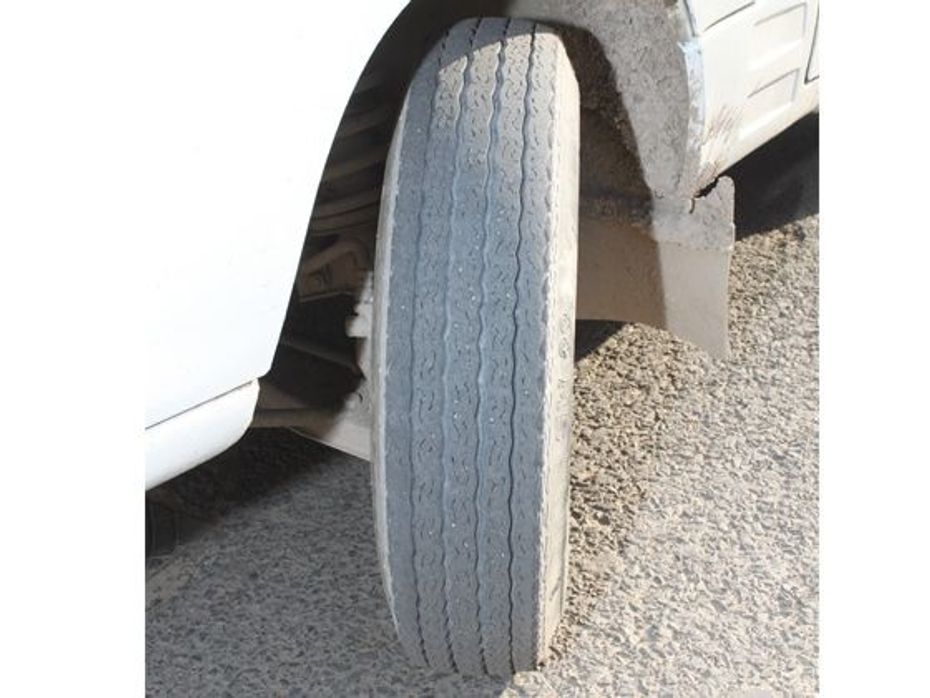Explore all New Cars of 2024
 Mahindra Scorpio N Z8 Select (Z8 S) Explained in 10 Images
Mahindra Scorpio N Z8 Select (Z8 S) Explained in 10 Images


Cross ply or bias construction is a method of constructing tyres in which a series of cords or plies criss-cross over each other to form a carcass or frame over which rubber is integrated to create a tyre that bears the load of the vehicle. This type of tyre construction was used prior to the radial construction technique of tyres. Cross ply or bias tyres increased friction when the vehicle moved as the plies rubbed against each other, leading to an adverse reduction in fuel economy. Also, the rigid sidewall of a cross ply tyre caused a bumpy ride as it absorbed very little road imperfections and the tyre would overheat at higher speeds (above 80 km/h), which limited the speed of vehicles.
Cross ply tyres have stiff sidewalls due to which the sidewall adjacent to the contact patch of the tyre bulges out very little even though the weight of the vehicle is resting on that area of the tyre. In case of radial tyres the bulge on the sidewall of a tyre near the contact patch can be noticed easily. This is a way to distinguish cross ply tyres from radial tyres.

Tyres constructed using cross plies are more affordable due to the relatively inexpensive technique. Also, they wear out faster due to higher operating temperatures of cross ply tyres owing to a stiff sidewall. Therefore, the cost of owning a cross ply or bias tyres is higher as in the long run you’d end up spending more on tyres than you would with a set of radial tyres.
Cars like the Maruti Suzuki 800, Gypsy, Van, Hindustan Motors Ambassador came with cross ply tyres when they were launched. However, all of them nowadays are equipped with radial tyres.
India's largest automotive community